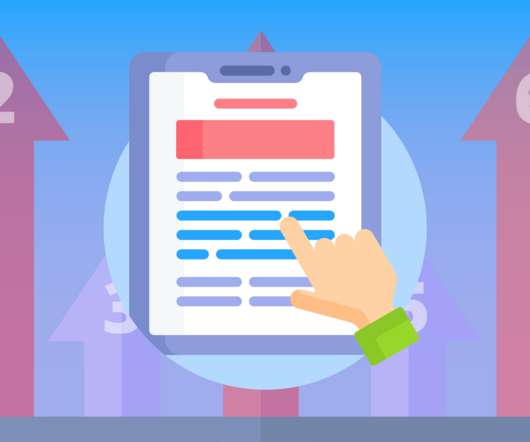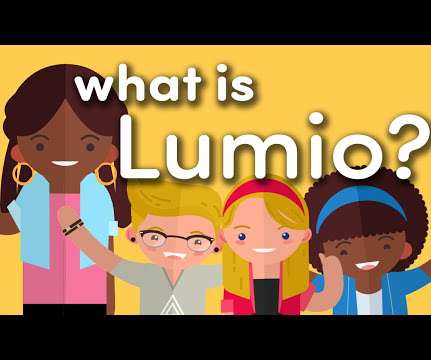Learning Styles: Fact or Fiction? What This Decades-Old Theory Can Teach Us
Waterford
OCTOBER 30, 2019
Reading/writing : information presented through written words, like books or articles. An auditory learner, for example, may focus better while listening to an audiobook than they would while reading a book. Measuring learning styles often involves an assessment such as this one from the Georgia Department of Education.




















Let's personalize your content